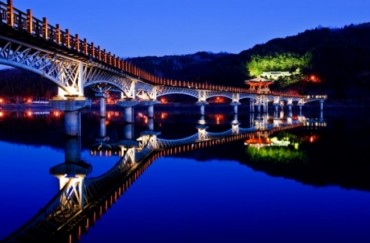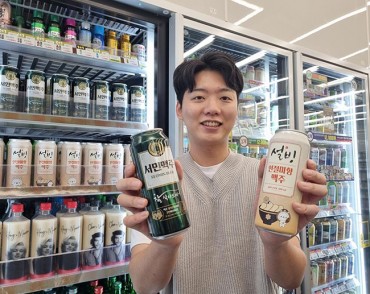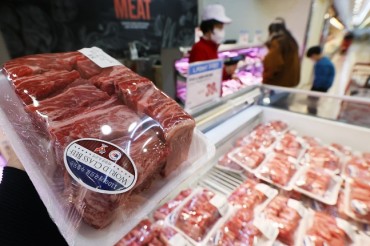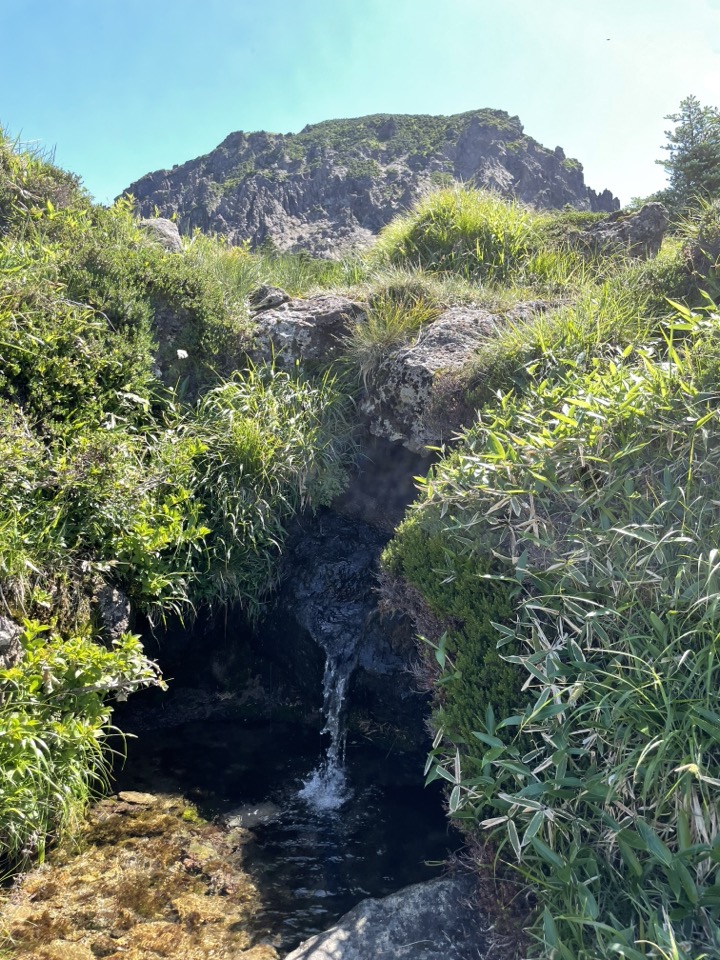
Jeju Province, in collaboration with the Korea Heritage Service, announced on July 5 that it will open Baekrok Spring—the highest natural spring in South Korea, located on Mount Hallasan—to the public for the first time from July 7 to 24, limited to pre-registered participants, as part of the “Jeju National Heritage Visit Year” campaign. The photo shows the preview event held for experts and media on July 5, ahead of the program’s official launch.
JEJU, July 3 (Korea Bizwire) — In a rare opening to the public, South Korean authorities on Saturday unveiled Baekrok Spring, the country’s highest natural spring located near the summit of Mount Hallasan on Jeju Island. Situated at 1,675 meters above sea level, the spring had never before been accessible to civilians due to its remote location and ecological significance.
“This is the highest spring in Korea,” said Kim Jong-gap, head geologist at Jeju’s World Heritage Center, during a press event. “It is geologically and ecologically remarkable that water emerges from such high volcanic terrain.”
Baekrok Spring, hidden roughly 15 minutes’ hike from the Witse Oreum Shelter and off formal hiking trails, was previously reserved for research access only. Though modest in size and nestled beside a similar spring called Noru, Baekrok’s crystal-clear flow and its backdrop of Baekrok Crater Lake left a lasting impression on visitors.
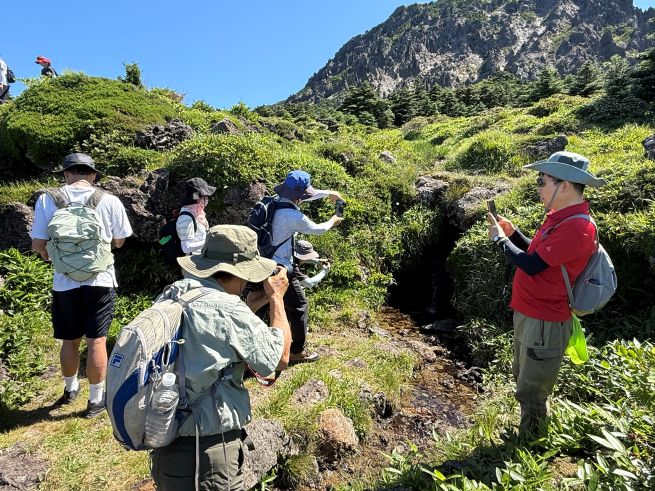
Jeju Province announced on July 5 that, in celebration of the “Jeju National Heritage Visit Year” in partnership with the Korea Heritage Service, it will open Baekrok Spring—the highest natural spring in South Korea located on Mount Hallasan—to the public for the first time from July 7 to 24, limited to pre-registered participants. The photo shows the preview event held for experts and the media on July 5, ahead of the program’s launch. (Yonhap)
According to Jeju’s World Heritage Center, the spring produces about 210 tons of water daily, eventually feeding into the Donghong and Hyodon streams before meeting the sea at Seosokkak after an 18-kilometer journey. While its precise source remains unclear, experts believe it originates from groundwater filtered through volcanic strata.
In addition to the spring, visitors were also introduced to a newly designated “representative tree” of the rare Korean fir, or Abies koreana, a conifer endemic to high altitudes in southern Korea and a key indicator species in the age of climate crisis.
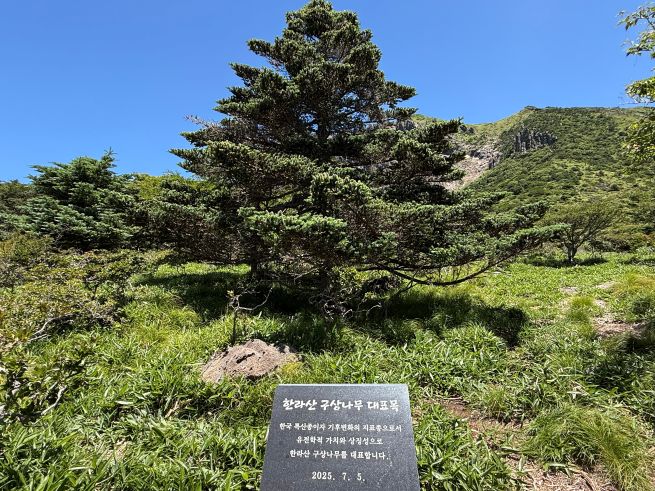
Representative Korean Fir Tree on Hallasan. This particular tree has been officially designated as the most exemplary specimen of the Korean fir (Abies koreana) on Hallasan, chosen for its genetic, ecological, and morphological significance. It symbolizes the broader population of over 210,000 Korean firs on the mountain and serves as a key reference point for conservation and climate adaptation efforts. (Yonhap)
Discovered at 1,600 meters elevation along the Donnaeko Trail, the tree stands 6.5 meters tall with a trunk circumference of 40 centimeters and is estimated to be 74 years old. Selected last year through a committee of scientists and citizens, the tree was chosen for its pyramid-like shape, smooth bark, and exemplary genetic and morphological traits, representing over 214,000 Korean firs on the mountain.
“The tree embodies the ideal form of the species and is located at the ecological heart of its habitat,” said Kim Chan-soo, head of the Hallasan Ecological Research Institute.
Jeju officials plan to use the fir’s genome to develop climate-resilient strains and preserve the species amid mounting environmental challenges.
The spring and the fir will be featured in a special guided tour program running July 7–24, part of the second season of the “2025 Jeju National Heritage Year” initiative co-hosted with the Korea Heritage Service. Initially capped at 100 participants, the program was expanded to accommodate over 2,600 registrants after a reservation website crash due to overwhelming demand.
The tour includes both the Baekrok Spring and the representative Korean fir, offering the public a rare glimpse into two of Korea’s most ecologically valuable treasures.
Lina Jang (linajang@koreabizwire.com)




